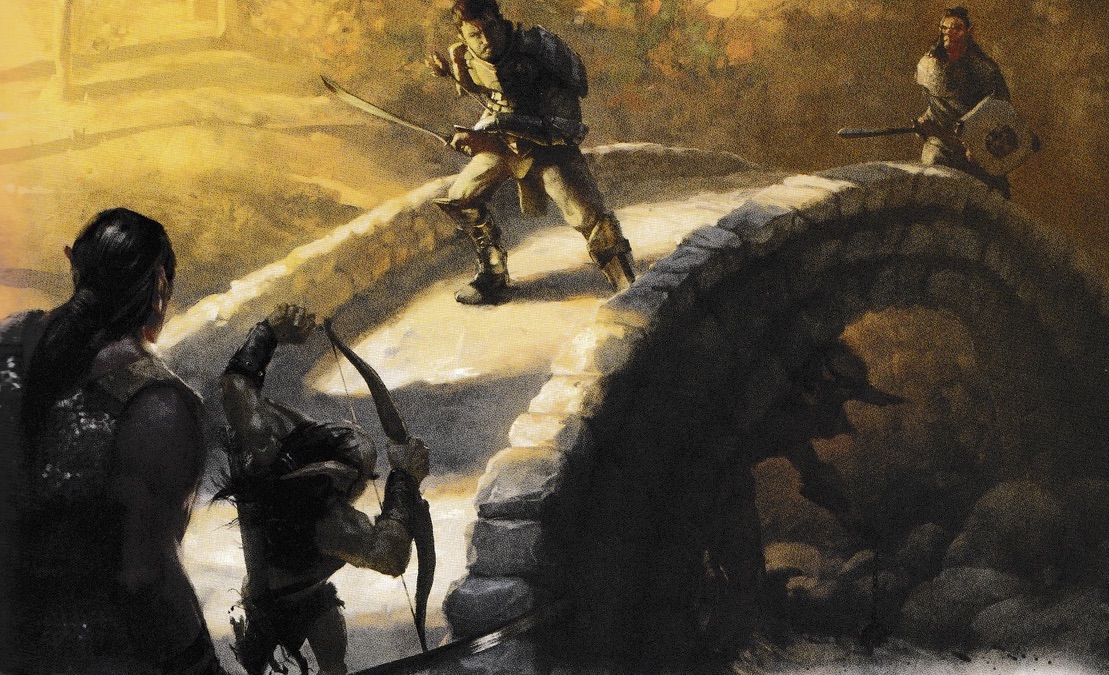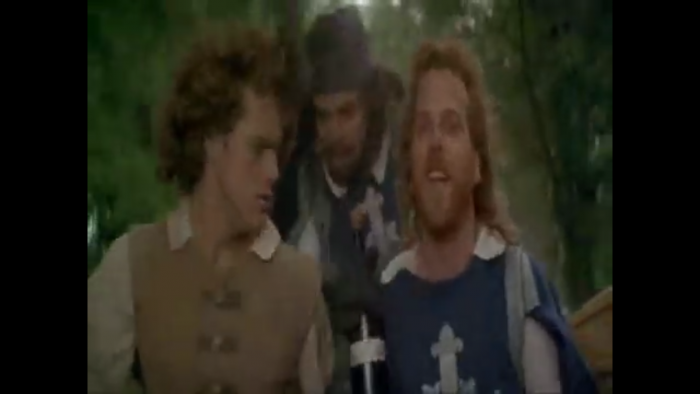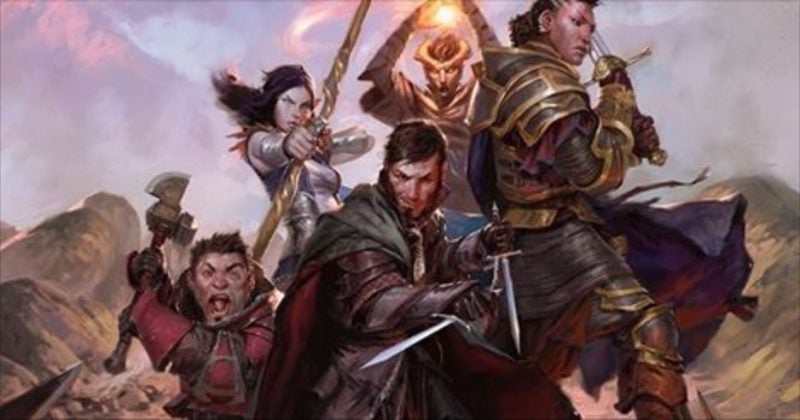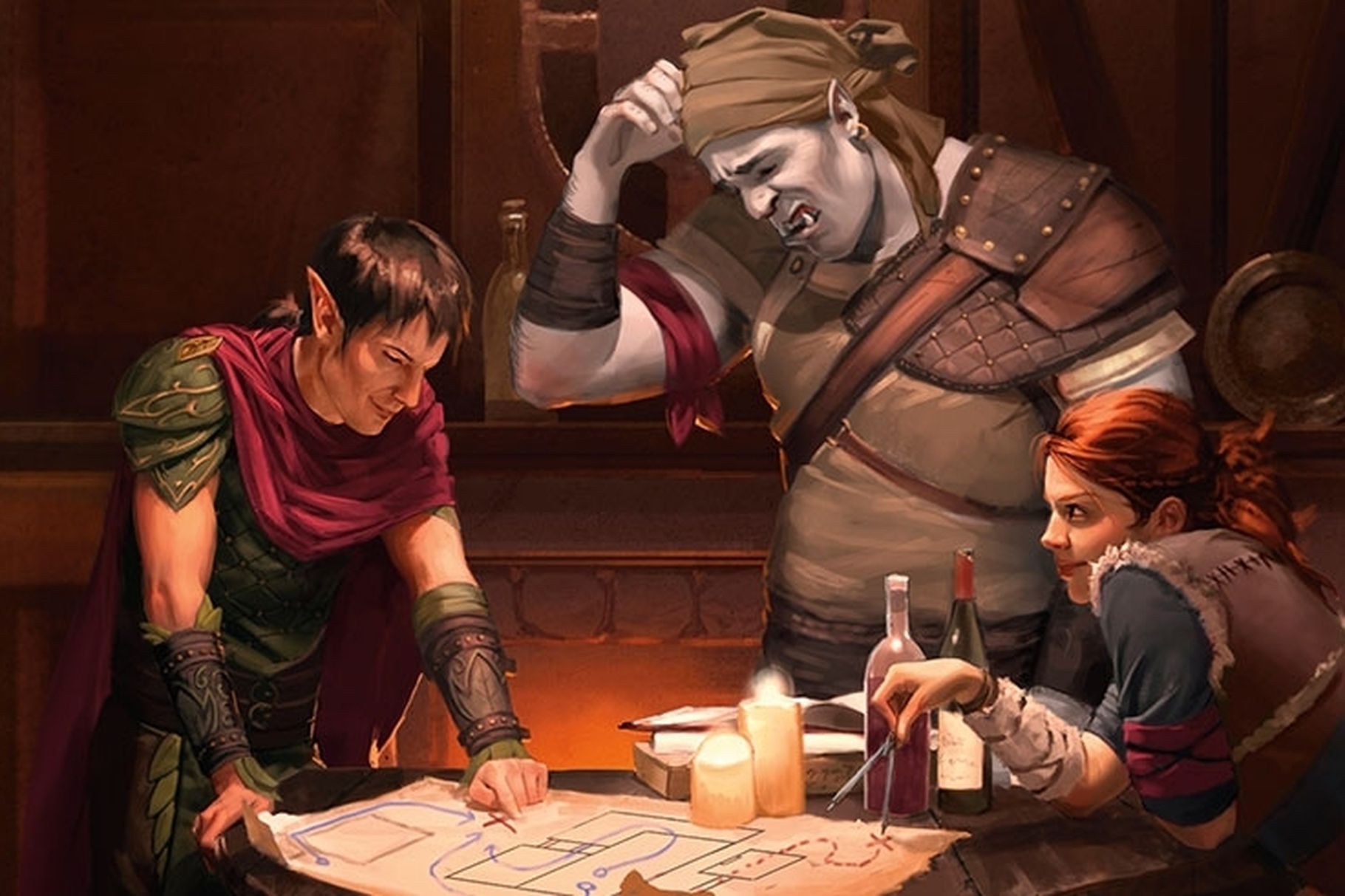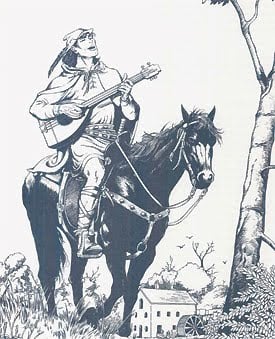D&D: Level Up Your Social Encounters With These Tricks

Social encounters should make up about a third of the game, according to D&D’s three pillars… here are some ways you can make those moments pop.
Jeremy Crawford is back for another chat, this time it’s all about the middle pillar of D&D: Roleplaying. Specifically, it’s about social interactions–after all, how your character interacts with the world is as much a part of who they are as what they think on the inside, and sometimes the way your character interacts with the world is by stabbing it. Today is all about stabbing, but with words.
There’s some pretty cool stuff to break down from the video. Namely that social interaction is always happening, whether between players and nonplayer characters, or players and players. The banter Crawford mentions is where a ton of the best moments in the game can come from.
In a way, the game is there to try and feed those moments. Players get their stats to fight monsters, sure, but they’re also guidelines. Fighting monsters is the backdrop for the characters to connect against. I love those Three Musketeers type moments.
For a chase, the Cardinal recommends his excellent ’24 Cabernet.
When characters can have fun with each other, everyone wins. So I’m glad he made mention of that as part of the social interaction umbrella. Now I want to figure out how better to draw those moments out. I think a big part of that is creating space for your players to figure out who their characters are without big consequences. Quiet moments or campfire scenes–“what are you gonna do with your share of the treasure” while trying to get the party talking, or maybe having an NPC prompt them to talk during combat might be the way to go.
Or if you’re a player, take the time to plan your next move in character. “After we kill these assassins, we’ll have to figure out who sent them,” might be a great way to set up an intimidation check.
Speaking of PC/NPC interactions though, that’s the other big part that Crawford talks about in the video. Mostly to explain what the rules are there to do. Now I’m of the mindset that persuasion isn’t mind control, and just because someone succeeds on a deception check, or an insight check fails, it doesn’t mean you can’t be suspicious.
In fact, towards the end of the video Crawford mentions that it’s incredibly entertaining to watch the narraative acrobatics a player might go through to bring metagame knowledge into the character’s in-game knowledge. Again, this can all lead to more fun for the game, and that seems to be at the heart of the social rules.
The dice are there to encourage memorable moments. A great performance might boost them, or a good skill might help when you don’t know what to say–but at the end of the day, this pillar is about showcasing the characters. It holds them up, and it’s one of the biggest ways to give your players agency and ownership of the game. Social encounters, especially ones that transition to other parts of the game, can be a great way to put the spotlight on the collaborative tale you’re all telling. These interactions make even the most strictly controlled prewritten adventure yours.
So get out there and say some words. With friends.
Happy adventuring!

